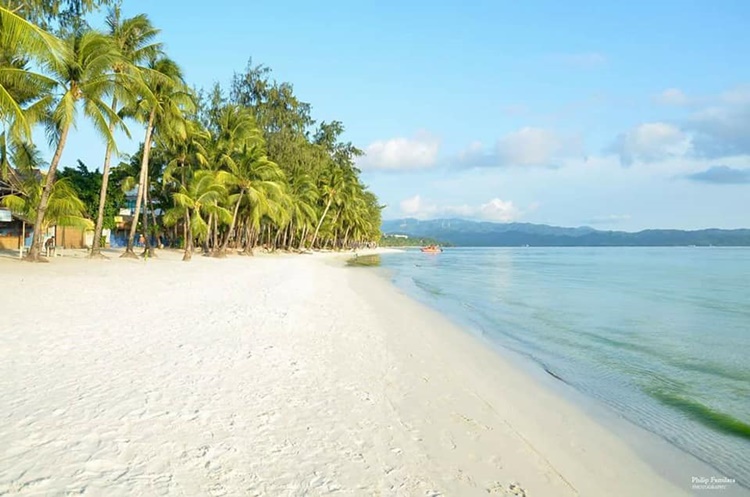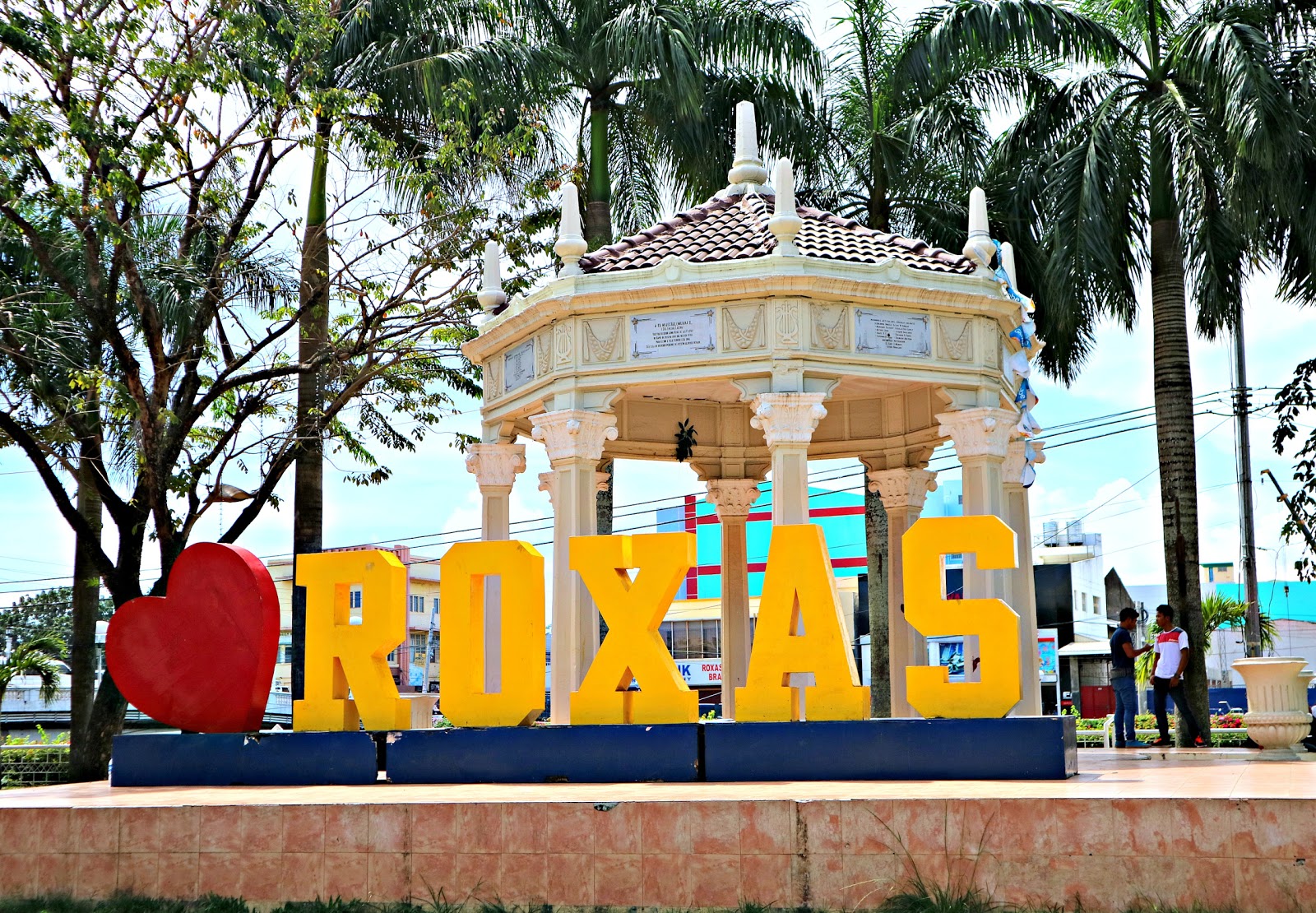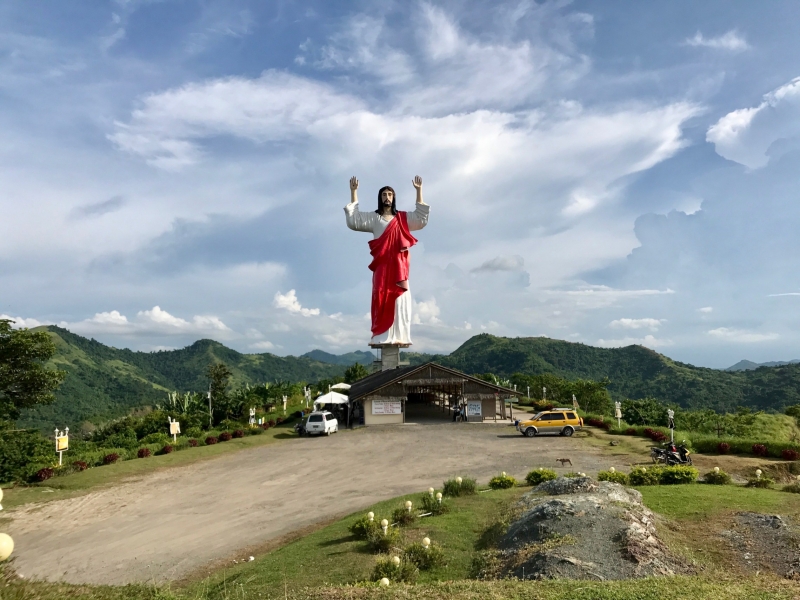 The Map of the Philippine Island The Philippines is a Southeast Asian country in the Western Pacific, comprising more than 7,000 islands. You can find a lot of amazing places here in the Philippines. Tourists comes and enjoys the beauty of our country. Today, I will refresh your heart and soul as we visit some of the beautiful destination that only the Philippines can offer plus the hospitality of the Filipinos strengthens the heart of our very own Pilipinas! Come and join me, mga ate at kuya and let me take you to the Philippines.  |
Bohol
City in the Philippines
Bohol is a province of the Philippines, in the country’s Central Visayas region. It comprises Bohol Island and numerous smaller surrounding islands. Bohol is known for coral reefs and unusual geological formations, notably the Chocolate Hills. On the main island, near the town of Carmen, these 1,200 or so symmetrical mounds turn cocoa-brown in the dry season, contrasting with the surrounding jungle's greenery.
Offshore from the southwestern capital, Tagbilaran, is Panglao Island. The island's has beach resorts and renowned dive sites around south-coast Alona, as well as diving schools and opportunities for dolphin-watching. Inland, the forest of the Rajah Sikatuna Protected Landscape is popular for bird-watching and trekking. The Tarsier Sanctuary in Corella helps preserve the endangered Philippine tarsier, a tiny, bug-eyed primate. Wooden boats serve traditional buffets as they follow the Loboc River to Busay Falls. Around Antequera are caves and waterfalls.
|
El Nido, Palawan
Municipality in the Philippines
El Nido is a Philippine municipality on Palawan island. It’s known for white-sand beaches, coral reefs and as the gateway to the Bacuit archipelago, a group of islands with steep karst cliffs. Miniloc Island is famed for the clear waters of its Small and Big lagoons. Nearby Shimizu Island has fish-filled waters. The area has many dive sites, including Dilumacad Island’s long tunnel leading to an underwater cavern.
The laid-back town of El Nido is a base for island-hopping tours, and kayaking trips to mountainous Cadlao Island, just across the bay. Taraw Peak can be reached by climbing steep, jagged cliffs for a bird’s-eye view of El Nido town and its horseshoe-shaped cove. North of town, the twin beaches of Nacpan and Calitang curve in opposite directions, featuring white sand and tall coconut palms. The cold waters of Nagkalit-kalit Falls are a popular swimming spot.
|
 |
Puerto Princesa
City in the Philippines
Puerto Princesa is a coastal city on Palawan Island in the western Philippines. It's a base for boat trips through the massive limestone caves and underground river of the biodiverse Puerto Princesa Subterranean River National Park. Dive sites are dotted around Puerto Princesa Bay, home to long-nosed dolphins, turtles and rays. Close to the port is the 19th-century Immaculate Concepcion Cathedral.
In the center, the Palawan Museum displays exhibits on the city’s history and people. South of the city, the Irawan Eco Park has hiking trails and ziplines through the forest canopy. A boat ride away off Palawan’s eastern coast, the islands of Honda Bay are dotted with white-sand beaches and resorts. The bay’s clear waters and coral reefs are home to a rich variety of marine life, including starfish on Starfish Island. There are more secluded beaches on Palawan’s west coast, including Nagtabon, known for its shallow waters.
|
Baguio
City in the Philippines
Baguio, on the Philippines’ Luzon island, is a mountain town of universities and resorts. Called the “City of Pines,” it’s particularly popular in summer due to unusually cooler weather. At its center is Burnham Park, with gardens and a lake. Nearby, Baguio Cathedral, completed in 1936, has a rose-hued exterior. The main thoroughfare is Session Road, lined with shops, restaurants and entertainment options.
Former U.S. military facility Camp John Hay is a hillside holiday complex with a golf course and forest trails. The expansive Botanical Garden neighbors Wright Park, home of the picturesque Pool of Pines, and The Mansion, the presidential summer residence. Elsewhere, the BenCab Museum exhibits the work of Benedicto Cabrera and other Filipino artists amid landscaped grounds. Tam-Awan Village is an artists colony with traditional huts and views out to the South China Sea. Overlooking Baguio, 2,000m-high Mount Cabuyao has hiking and biking trails.
|
Panglao Island
Island in the Philippines
|
 |
Tagaytay
City in the Philippines
Tagaytay is a popular holiday town south of Manila on the Philippine island Luzon. Known for its mild climate, it sits on a ridge above Taal Volcano Island, an active volcano surrounded by Taal Lake. Overlooking the area, People’s Park in the Sky occupies the grounds of a never-finished presidential mansion. Picnic Grove is a recreation area with trails and a zip line.
Boat tours run from the waterfront village Talisay across Taal Lake to Taal Volcano Island. Trails for hiking and horseback riding lead to the peak’s main crater and interior crater lake. Taal Lake also offers catamaran sailing and kayaking. Back in Tagaytay, the compact Japanese Friendship Garden has landscaped grounds. Tagaytay Highlands is a resort with 2 18-hole golf courses. In Taal, a town to the south, the Basilica of Saint Martin of Tours is a 19th-century landmark that’s among the largest churches in Asia.
|
Siargao
Island in the Philippines
|
 |
Boracay
Island in the Philippines
|
Cebu
City in the Philippines
Cebu is a province of the Philippines, in the country’s Central Visayas region, comprising Cebu Island and more than 150 smaller surrounding islands and islets. Its prosperous port capital, Cebu City, retains landmarks from its 16th-century Spanish colonial past, including the Basilica Minore del Santo Niño church and triangular Fort San Pedro. Tops, an observation deck on Mt. Busay, has sweeping views over the city.
Cebu City is also a gateway to the region’s renowned dive sites and beach resorts. Throughout the province, divers and snorkelers can see whale sharks, turtles, hammerheads and rays among coral reefs, caves and steep walls. The west-coast town of Moalboal has several dive sites, modern resorts, nightlife in Panagsama and the sandy White Beach. Off the north coast of Cebu, tiny Malapascua Island has laid-back beaches and simple resorts, with renowned diving among thresher sharks offshore. Northwestern Bantayan Island focuses on beach life, centered around the village of Santa Fe.
|






